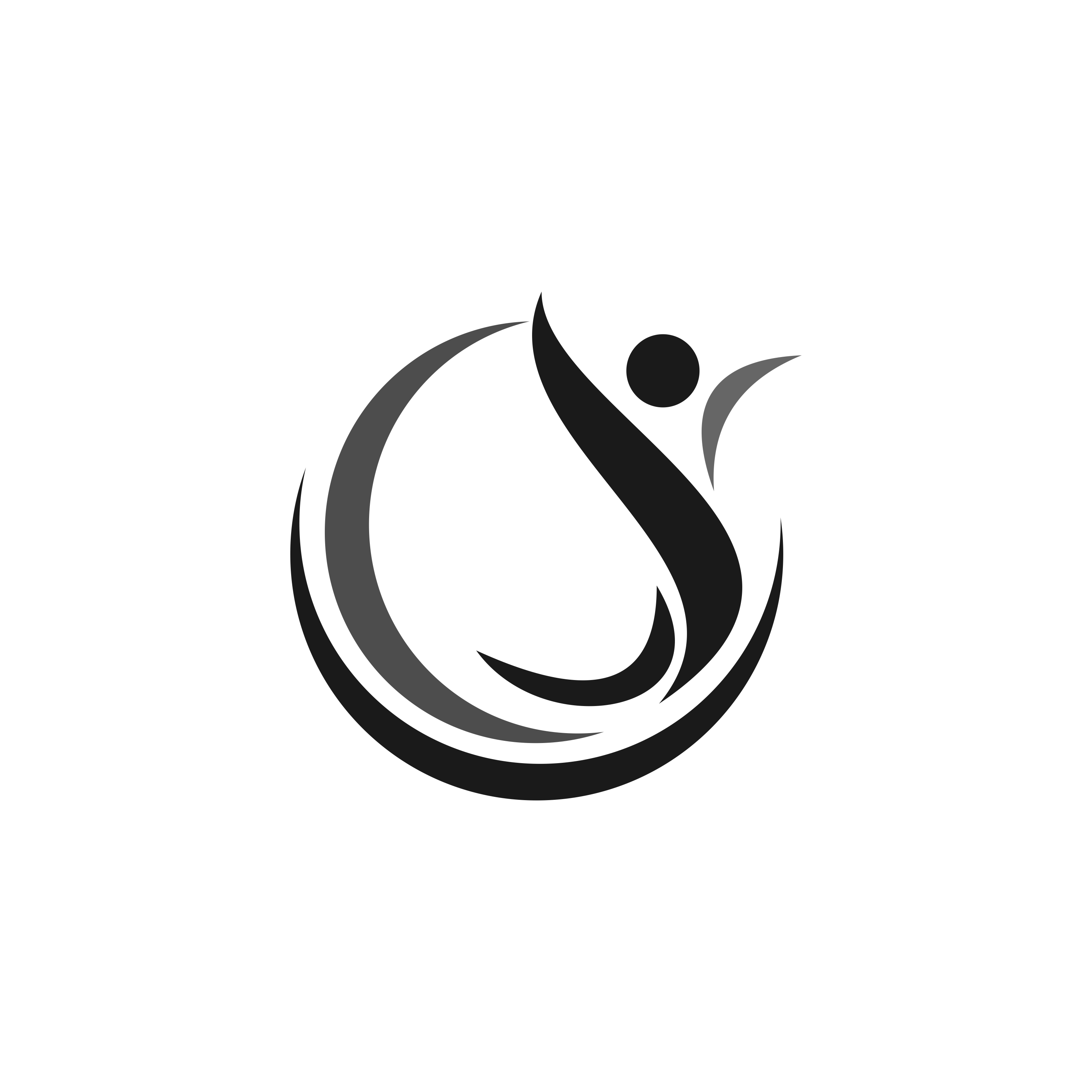The term kinesiology comes from the Greek words “kinesis” (movement) and “logos” (teaching) – the study of the principles of mechanics and anatomy in relation to human movement.
Translated, this means “the doctrine of the movement”. Not only body movement is meant, but above all the movement of life energy. Kinesiology combines the principles of traditional Chinese medicine (meridian teaching, acupressure, teaching of the 5 elements) with Western holistic medicine (Touch for Health, Brain Gym).
The discovery of kinesiology goes back to the experiences and examinations of the American chiropractor dr. George Goodheart. In the early sixties he observed that physical and psychological processes in humans are also reflected in the functional state of their muscles. He then developed a simple test procedure that detects this muscle function without the aid of apparatus: the muscle test.
Different forms of Kinesiology and their scope of application
Integrative Kinesiology was founded in the 80s in Switzerland by Rosmarie Sonderegger, IKAMED, Zurich.
Integrative Kinesiology combines kinesiology with talk therapy, an approach of humanistic psychology according to C. Rogers. It assumes that there are three steps to positive change:
- the realization of the current situation in relation to the cause
- the reorientation into which one wants to move in the future
- kinesiological energy balancing to reduce stress and build a solid foundation for new, successful behavior
Kinesiology activates our self-healing powers and supports the recognition and dissolution of the energy patterns, which maintain an energetic imbalance in our body. By balancing the body in the energy system, we learn to access our physical, emotional, intellectual and energetic sources and to utilize all our potential.
With the kinesiological muscle test, a feedback device of the body, it is possible to detect stress factors and thus compensate for these energy imbalances. Compensation techniques such as adjustment exercises, colors, essences, sounds or acupressure are used to achieve and maintain the balance between the body, the soul and the mind.
In a consultation, the situation, needs and goals of the client are determined. By means of simple muscle tests, blockages are detected, and impulses are given for a reorientation by appropriate techniques. Kinesiology combines the latest scientific knowledge with elements of the Far Eastern healing procedures.
Brain-Gym®
Brain-Gym® is a part of the IK Kinesiology, although integrated it can also be used on it’s own. It is a very effective method for activating and improving your learning, concentration and brain performance.
Brain-Gym®, was founded in the 80’s by Dr. Paul Dennison, developed together with his wife Gail. They researched the connection between consciously targeted movement and learning, and observed how physical exercise positively affects the collaboration, which means affecting the understanding, the communication and organization of the individual parts of the brain.
It is made up of 26 activities, along with several other movement-based techniques which help address posture, balance, and coordination skills associated with daily life success. It supports in helping to synchronize your body system to focus better on comprehension, focus, organisation, communication, and emotional health. Brain Gym® is often used in schools, companies, old age homes (or retirement villages), athletic training programs, as well as for personal and professional growth.
Brain-Gym® is an ideal method for children and adults of all ages to learn more easily and to improve physical and mental flexibility.
The muscle test
The muscle test is the working instrument of kinesiology and is used as an energy meter. It indicates where the energy flows and where there is a blockage.
It is a guide to the subconscious. Because the body has stored everything we have ever seen, experienced and heard.
The test provides information on the support the body needs in order to regain its energy balance.
The muscle test can also be viewed as an intermediary between the head (thinking) and feeling (abdomen, heart). With the knowledge that the client receives during a session, he better learns about his reactions and can get rid of old patterns and beliefs.
In kinesiology, we work with 42 muscles. The individual muscles are again associated with the meridians. With the test of the individual muscles it can be determined, in which meridian the energy flows and which strengthening exercises are to be made to restore the balance.
Scope of application
IK Kinesiology can be applied to a variety of complaints, as well as for prevention and personal development, which in turn contributes to a better quality of life such as:
- Reduce stress (tension, fatigue)
- Increase wellbeing and enjoyment of life
- Development of personality and potential
- Physical and mental balance
- Strengthen the immune system
- Activate self-healing powers
- Supporting the healing processes of diseases and accidents
- Sleep disorders, Insomnia
- Depressions
- Migraine and stress-induced tension headaches
- Dealing with fears, e.g. Test anxiety, or phobias
Amongst others…

